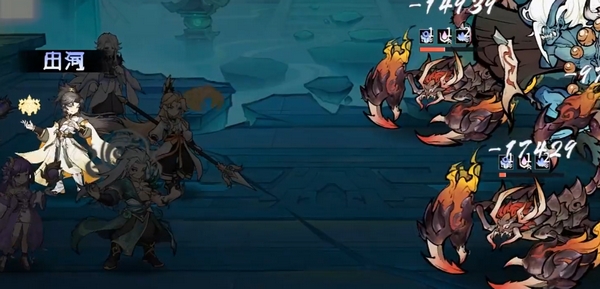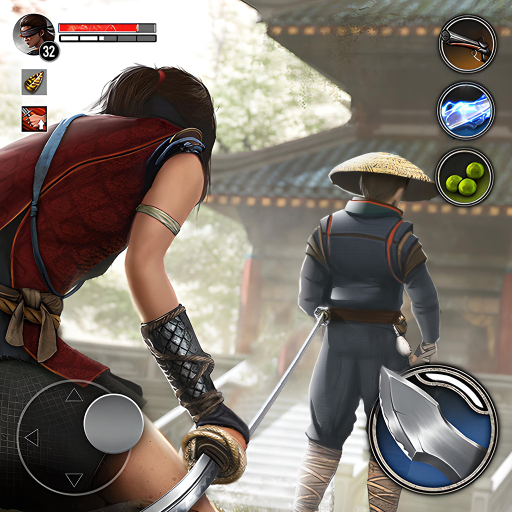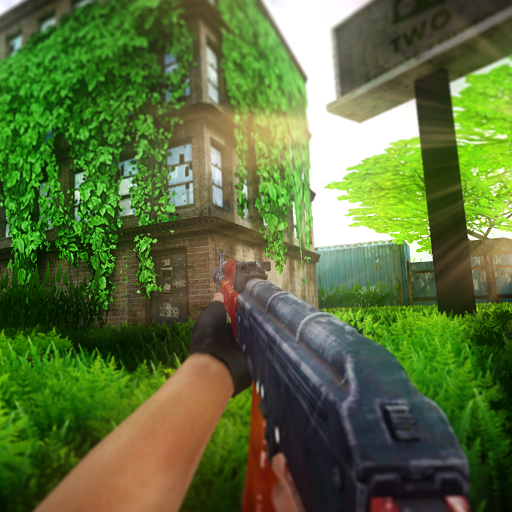The "Fragment Showdown" of Outrage Beyond is its core gameplay, blending traditional bomb defusal modes with card strategy mechanics. It rewrites the battlefield through dynamic rules, bringing a highly strategic 5v5 competitive experience. Many players are still not very familiar with how to play the Fragment Showdown in Outrage Beyond. Below is a detailed explanation of the mode's gameplay and key points for team composition. Let's take a look, brothers.

[biubiu Accelerator] Download the latest version
>>>>>#biubiu Accelerator#<<<<<<
I. Basic Rules and Process
Victory Conditions:
The standard showdown uses a best-of-seven format, while ranked matches at Diamond tier and above upgrade to a best-of-eleven format.
In each round, both sides take turns being the attackers (planting the bomb) and defenders (defusing the bomb), with the core objective being the control of target points.
If the score is 3:3 after the sixth round, it enters the "Duel Round": players from both teams face off in a designated area one by one, with the last surviving side winning.
Card System Operation
Preparation Phase: At the start of each round, both sides randomly draw 3 fragment cards from the card pool (8 cards for Diamond tier and above in ranked matches).
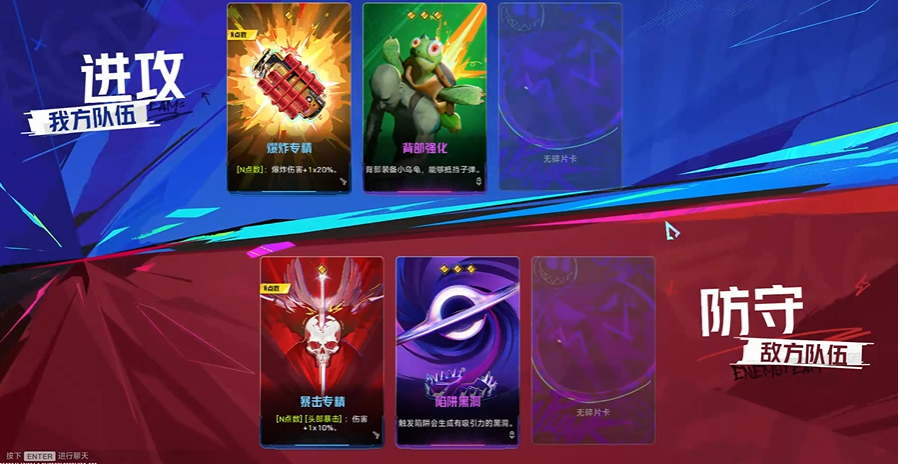
Cost Accumulation: Accumulate costs through actions such as kills, survival, and assisting teammates to activate card effects.
Card Types:
Normal Cards: Require a fixed cost to activate, providing global buffs or debuffs (such as "Critical Rate Increase" or "Enemy Vision Blur").
Enfeeblement Cards: Produce tiered effects based on the number of points invested (e.g., 1 point increases movement speed, 3 points unlock teleportation ability).
Effect Duration: Activated card effects only last for the current round, requiring flexible adjustment of strategies according to the battle situation.
II. Card Combination and Strategy Key Points
1. Card Type Selection

Enhancement Type: Strengthen team attributes (such as "Damage Boost" "Armor Enhancement"), suitable for aggressive tactics.

Interference Type: Weaken enemy abilities (such as "Enemy Ammo Reduction" "Skill Cooldown Extension"), used to disrupt the opponent's rhythm.

Rule-Rewriting Type: Completely change the battle rules (such as "Melee Combat" disabling firearms, "Switch Attack and Defense" swapping attack and defense roles), requiring use after predicting the enemy's strategy.

For example: In Diamond tier ranked matches, both sides can ban the opponent's core cards during the Ban phase, increasing the depth of strategic competition.
2. Cost Management and Timing Control
Early Accumulation: Prioritize activating low-cost enhancement cards (such as "Initial Ammo +1") to quickly establish an advantage.
Key Round Investment: In critical rounds or before the Duel Round, save high-cost powerful cards (such as "Revive Fallen Teammates" or "Teamwide Invisibility").
Staged Use of Enfeeblement Cards: Invest points in stages based on the battle situation, for example, first invest 1 point to increase movement speed, then add more points to unlock teleportation for a surprise attack.
3. Team Coordination and Role Adaptation
Role Position Synergy: Snipers paired with "Critical Rate Increase" or "Vision Penetration," melee characters choosing "Movement Speed Boost" or "Melee Damage Enhancement."
Tactical Division: For example, tank-type characters attracting fire and activating "Armor Reinforcement," support characters using "Healing Range Expansion" to assist the team.
Counteracting Enemy Cards: If the opponent activates a "Rule-Rewriting Type" card (such as "Big Head" effect), switch to high-precision weapons or adjust positioning promptly.

4. Map and Mode Adaptation
Map Point Utilization: For example, use "Area Explosion" cards in the narrow "A Small Passage" or activate "Sniper Stability Increase" on the open "Mid-High Platform." Due to the open map, you need to pay attention not only to what's in front of you but also to what's behind, so you often need to switch your perspective. If your internet speed is not good, it will be difficult to load instantly without lag. Therefore, it is recommended to use biubiu Accelerator when playing. Its self-developed Pallas 2.0 system uses big data prediction technology to reduce packet loss, delay, and lag.

The Chinese server is currently free, so using it is better, why not? If you want to play the international server, you can use the code [biubiu no disconnection] to get an extra long 72 hours, which means you can play for 3 days. There are also additional benefits for new registrations, allowing you to claim an extra 3 hours. In total, that’s 75 hours.
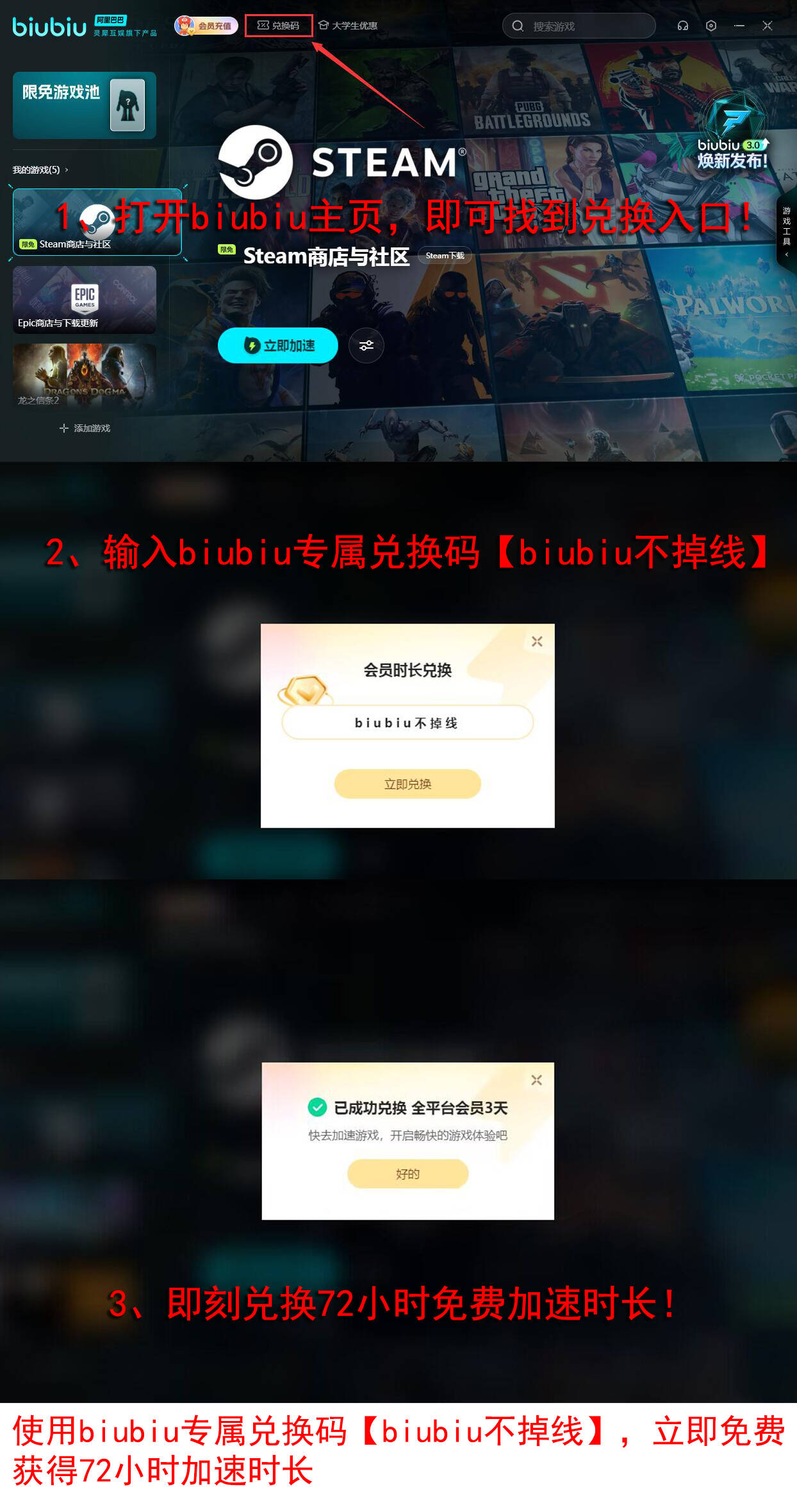
Mode Characteristics:
Standard Showdown: Focuses on quickly accumulating costs and suppressing opponents through continuous card activation.
Ranked Showdown: Requires anticipating the enemy's Ban selection strategy and building complementary card sets (such as "Interference + Rule-Rewriting" combinations).
III. Duel Round Strategy and Precautions
Status Retention: When entering the Duel Round, the currently active card effects still persist, requiring advance planning for stacking buffs (such as "Low Health Damage Boost").
Duel Techniques: Preferably choose high-mobility characters (such as "Meteor") and pair them with "Evasion Cooldown Reduction" or "One-Hit Kill" cards.
Psychological Game: Observe the opponent's commonly used tactics and choose counter cards accordingly (e.g., if the opponent prefers stealth attacks, activate "Anti-Stealth Detection").
IV. Depth Design Balancing Entertainment and Competition
Combination of Randomness and Strategy: Over 150 types of fragment cards provide a rich variety of combinations, while the Ban selection mechanism in ranked matches balances randomness and emphasizes strategic depth.
Hardcore and Casual Balance: Entertainment modes (such as "Infection Outbreak") allow for experimental card sets, while ranked modes require rigorous tactical planning.

In summary, "Fragment Showdown" subverts the fixed rules of traditional FPS through the card system, extending tactical competition from gunplay to out-of-game strategy. Players need to flexibly combine character traits, map points, and card effects, dynamically adjusting tactics while focusing on teamwork and analyzing enemy movements. This gameplay not only enhances the variability and fun of the competition but also provides deep potential for e-sports. Go ahead and try it in the game.

